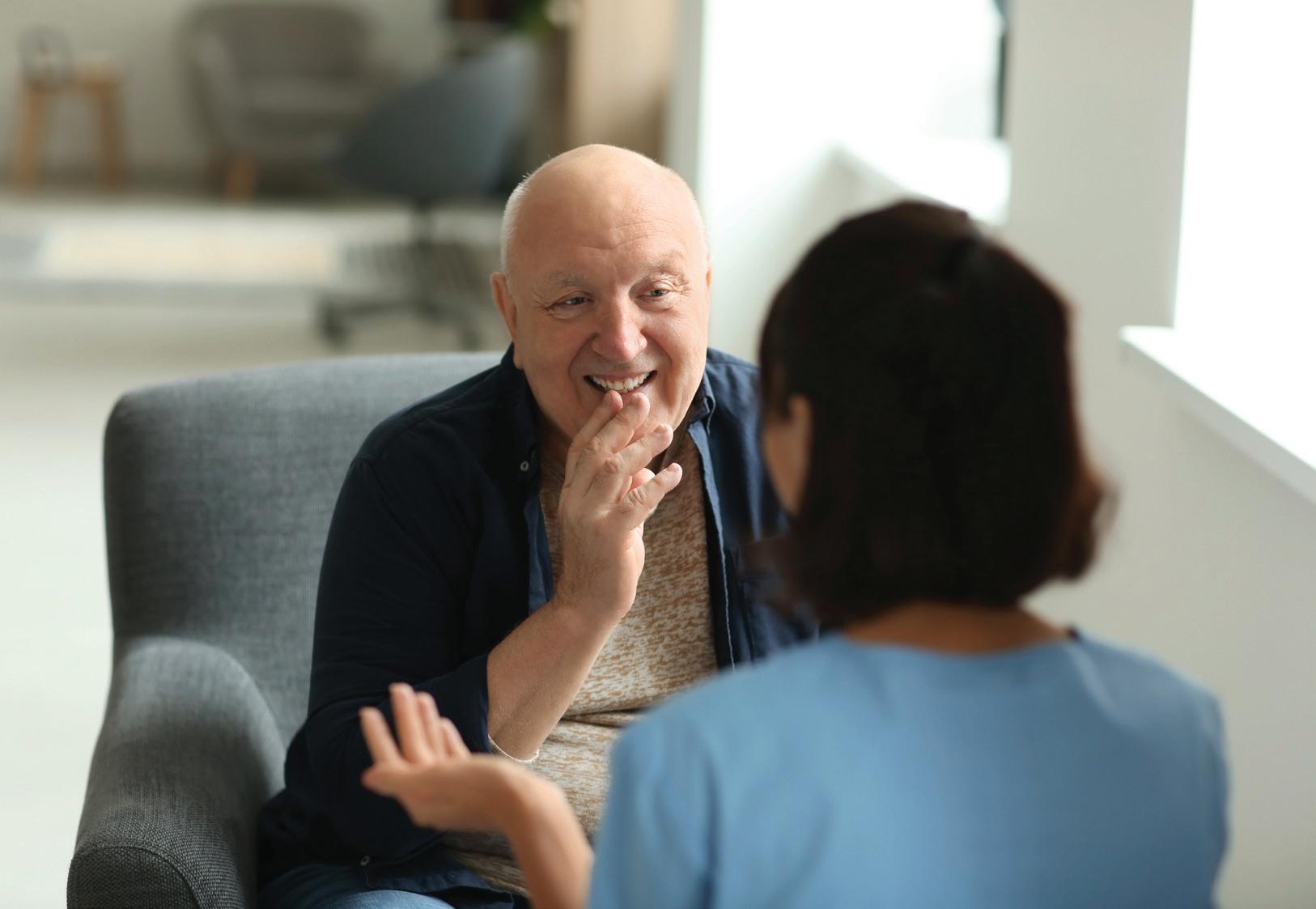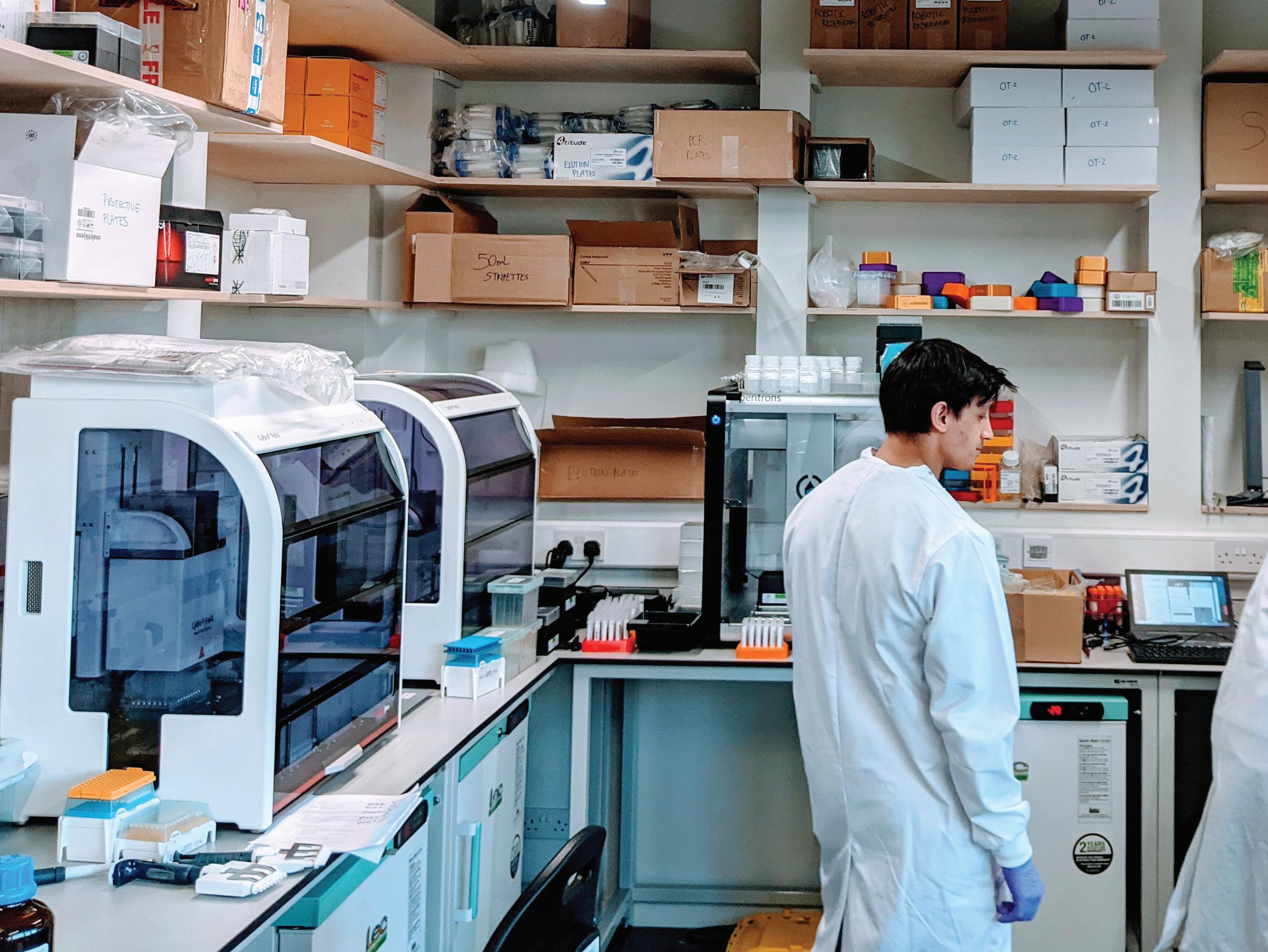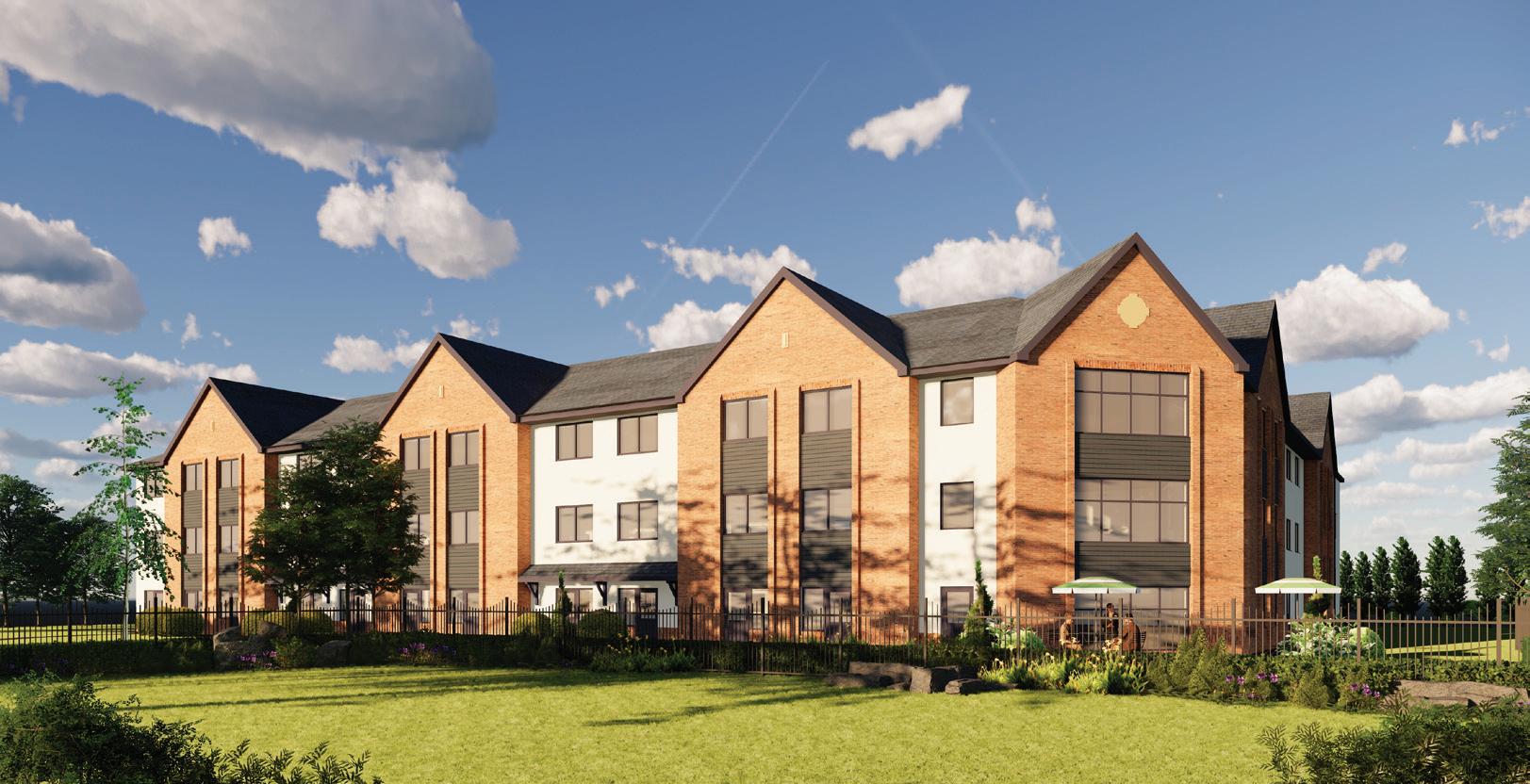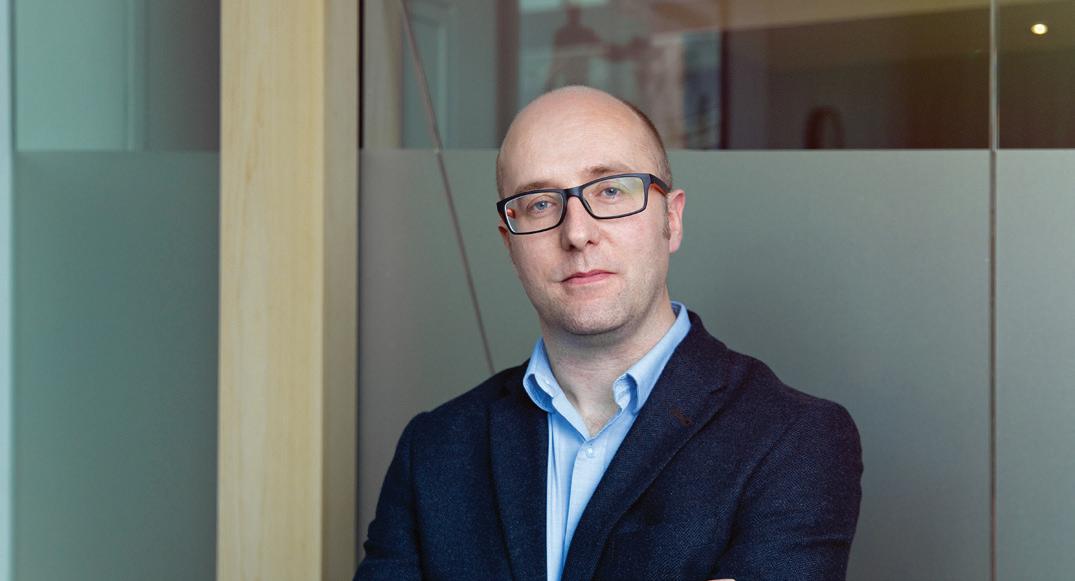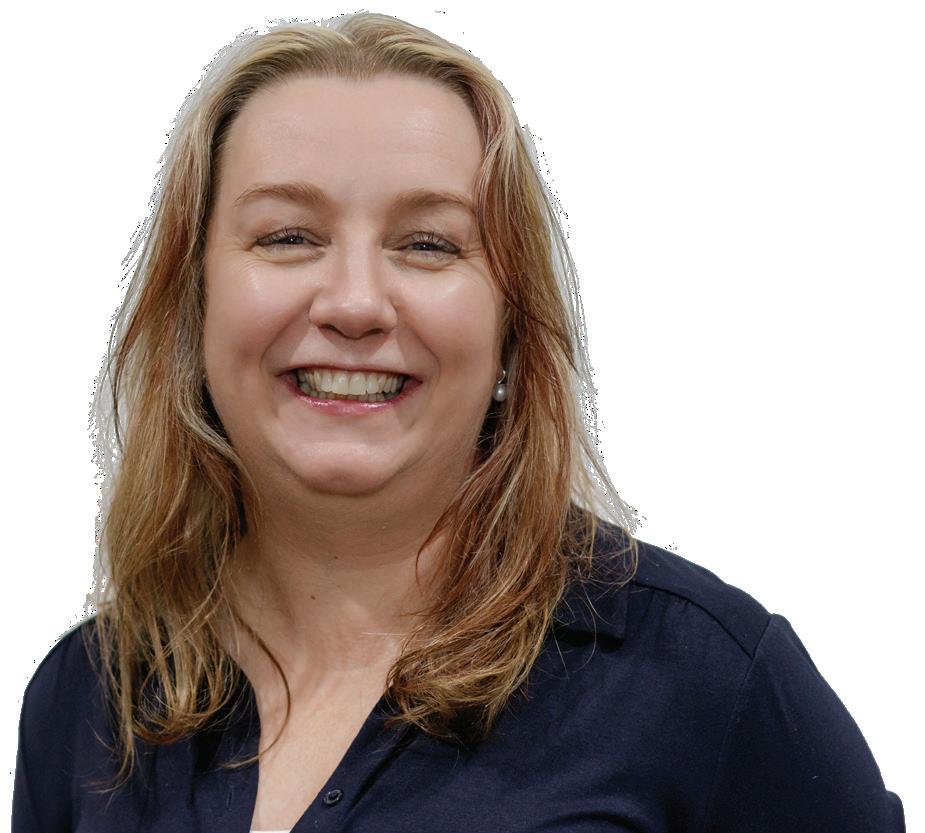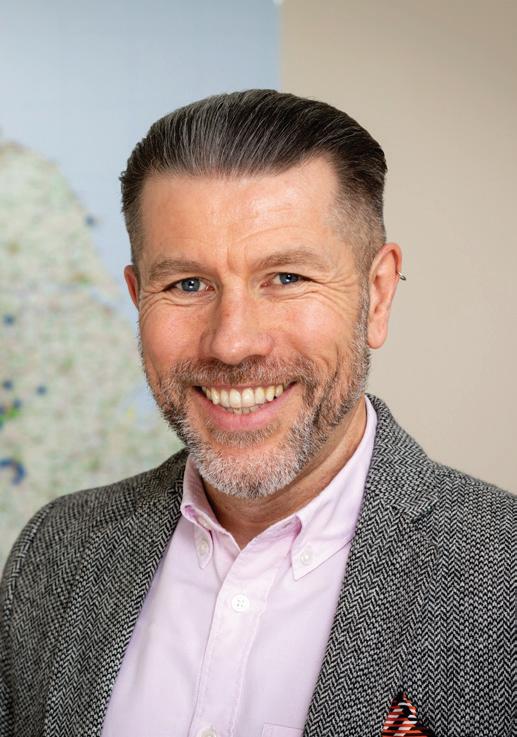
7 minute read
Medicine’s front line
Former Green beret commando, intensive care doctor and healthtech entrepreneur Dr Matt Wilson, talks to Simon Williams about his medical research and data start-up uMed
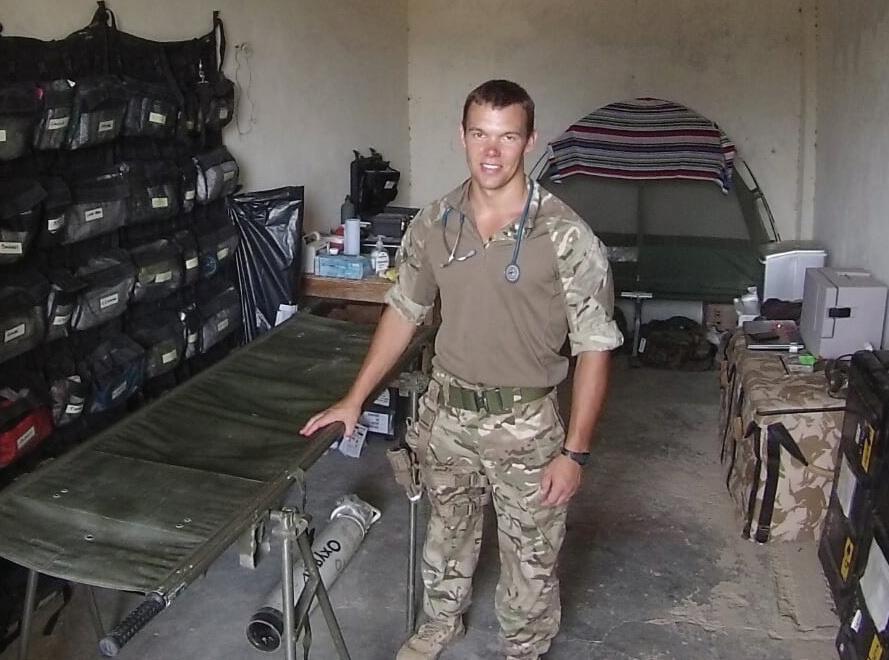
Founded in 2017, uMed has deployed its technology in clinical research studies, including a University of Oxford study to assess Covid rapid diagnostic tools in community environments such as GP surgeries.
The London healthtech has raised £3.7 million from investors to expand its automated clinical study data platform which now reaches 1.9 million patients in more than 180 primary care sites in the UK, along with two million patients from a large US health system. uMed founder Dr Matt Wilson has worked in some of the most demanding medical specialities in the NHS. As an accident and emergency doctor and former anesthetist, he knows what clinicians are up against just in delivering patient care – which means that research, though crucial, often comes second to delivering immediate patient outcomes.
“When on shifts in the emergency department, I would
Wilson in the makeshift Regimental Aid Post and ‘bedroom’ sometimes go 14 hours without eating anything, so the idea in a Somaliland compound in 2013 of doing research in these situations is simply unrealistic,” Wilson explained. The pandemic has made things worse. When he dashed back to clinical practice to support his Return to the NHS local intensive care unit in the first wave of the virus this After three years in the marines, Wilson returned to the spring, he noticed “operations that would take 10 minutes NHS and, alongside his specialist training, focused his were now taking up to an hour with all the PPE protocols, interest on how pioneering data technology could shortthe cleansing of work stations, deployment of anti-viral circuit bureaucratic processes to build groups or ‘cohorts’ vapours and that fact that some clinicians were also at of patients that would accelerate studies. too high risk for infection themselves to go into Covid Wilson tested his thinking as he went along: “So the wards.” The time window for clinicians to undertake the thing that started to crystallise for me is that if you want meticulous, manual tasks associated with studies is just to do something serious with health data you need to be not there, so activity that could yield able reach back to the patient. advances for treatments is lost. “That changes everything if you can Early days Wilson’s interests in finding ways to I’m not naturally an consent, as well as validate and augment data that exists in the health record.” automate clinical research stretch back athletic individual Wilson explained that research using several years. True to his character of and the commando aggregated health records has significant taking on gritty professional challenges, course to earn my limitations as the records are often he won sponsorship from the Royal Navy green beret was incomplete, vague and inconsistent. at medical school. After his junior doctor years, he continued his commission and one of the toughest However, they still have value – if you can combine with them additional completed his commando training to experiences I’ve had data and validation, it becomes an allow him to work in the Royal Marines exceptionally more valuable tool which as a medical officer responsible for the clinicians can use to understand disease healthcare of around 500-800 personnel. and the patient experience.
He served in combat-readiness situations in Somalia “Healthcare still has a reputation for being a cautious supporting Royal Navy anti-piracy operations, as well as adopter of data technologies, for example, the relatively slow in military exercises in Albania, Oman and Kenya. adoption of cloud-based data storage,” Wilson explained.
“I learnt that you don’t thrive in those environments “Really, it has only been in the last five years that the without a tough determination to win through and interoperability standards (for example, the data formats persevere. I’m not naturally an athletic individual and between owners/suppliers) and technological infrastructure the commando course to earn my green beret was one of has been in place to leverage health records effectively.” the toughest experiences I’ve had. do it. Crucially you can gain patient
“It was a real slog. But the idea of failing was worse Privacy and consent than carrying on.” At the same time, legislation in many countries was changing
Wilson saw jungles and deserts, as well as icy wastes around privacy and patient consent as well. Wilson posited when arctic warfare training in northern Norway. As that these technological trends opened the door to launch part of his Somalia tour, he led a ‘win hearts and minds’ uMed’s offer in the UK and US health spaces. operation training local coastguards in basic medical skills. “Look, lots of changes were happening in data privacy.

Wilson with members of the medical team enjoying some sunshine during arctic warfare training in northern Norway in 2014
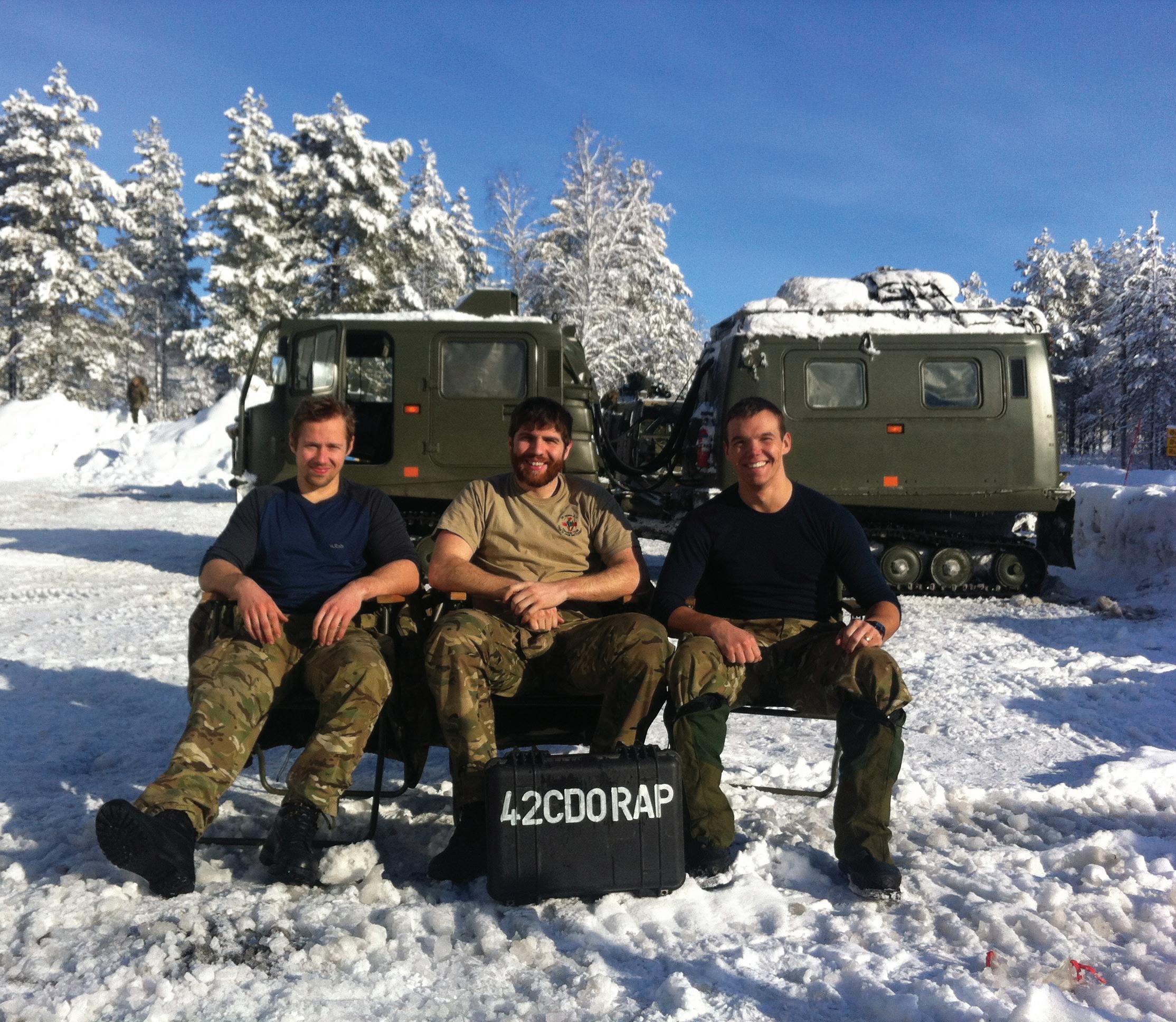
All provided opportunities for our idea and given my own medical work, being close to patients, I could see clearly what the issues and opportunities might be if we could automate patient research securely.”
Without getting too technical, what exactly is the research problem that uMed solves?
“We basically have an unavoidable bottleneck in data operations at the level of the local health providers,” Wilson explained. “There’s not a shortage of questions we need asking as clinicians – there’s a shortage of quality answers.”
The bottleneck is how quickly and how many studies can be run at the level of the healthcare provider. Before uMed, healthcare providers just did not have the time and resources to conduct more than a small number of studies at any one time – unavoidably missing opportunities to gather rapid high-quality compliant data that would be priceless in studying disease.
“Through automation of study processes we have this huge opportunity to unlock massive capacity and scalability in health research. But that wouldn’t have been possible until key technologies converged.”
Effective data So the nub of uMed’s technology is that it enables researchers in clinical studies to use the information in the health record to target potential participants, then repeatedly reach back to those patients on behalf of the healthcare provider. This means data in the record can be combined with high-quality, structured data, captured from the patient at home without any burden being placed on local healthcare provider staff.
Wilson is naturally buoyant on the prospects of the technology for the UK and US and how it is likely to shift expectations in hospital and GP settings about what is possible. Notably, in uMed’s model the healthcare providers are not the paying customer – in fact, they generate income through uMed’s model which shares revenue from life science clients back to participating sites.
“We have a great opportunity to unlock massive capacity

uMed team members Abi and Marija in the company’s office in Farringdon
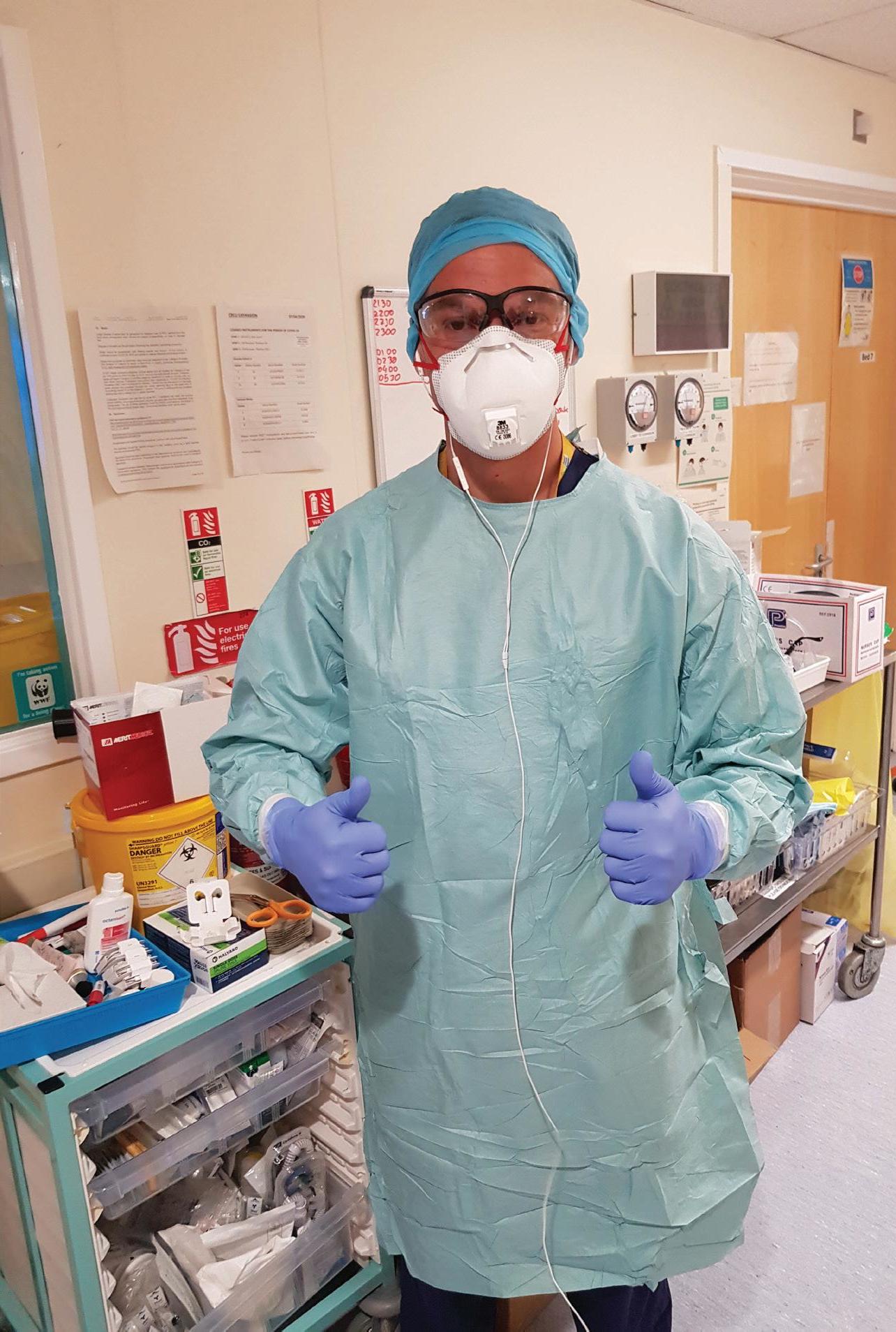
Wilson in a team of Royal Marines supporting counter-piracy training to Somaliland coastguard in 2013 Wilson in enhanced PPE while working at the Intensive Care Unit at Dorset County Hospital
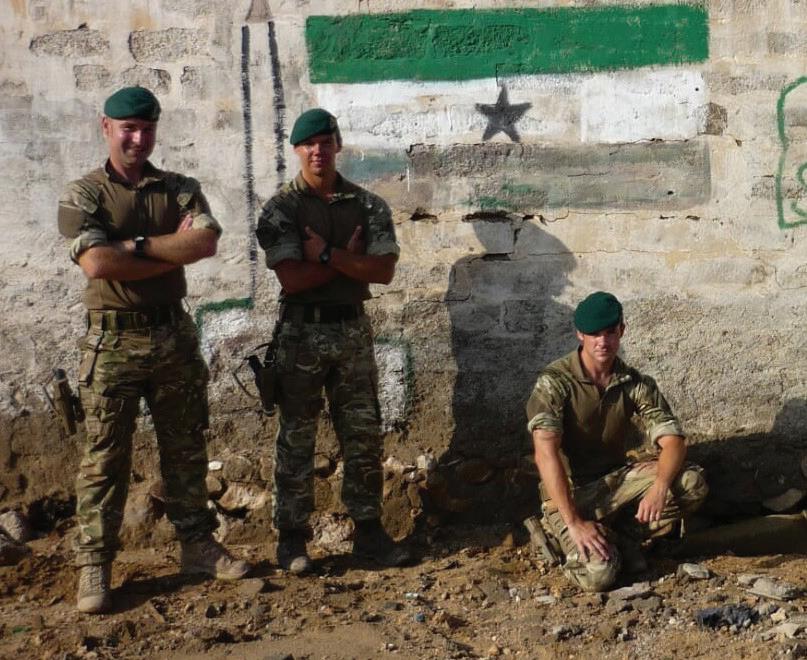
and scalability. The effect is that providers can focus on providing clinical care to patients while uMed’s platform automates the heavy lifting of multiple studies.”
To put it in perspective, uMed’s key metric cost for each patient acquisition – patient and complete health record, is less than two pence a time.
“That’s an incredibly powerful validation,” he says.
The recent investment sees £3.7 million to support the company. So, what were the dynamics in persuading investors?
“We’d received some early funding from Angels and Playfair Capital,” Wilson says. “They’ve been extremely supportive and bring that broader business acumen that good investors can provide. No matter how good or determined you might be as an entrepreneur you need that kind of support.”
“This pre-seed capital allowed us to validate our model and was extremely attractive to providers, enabling us to rapidly grow our network with astonishing capital efficiency.”
Wilson explained that this allowed uMed to attract some of the most experienced early stage funds in the sector, including Albion VC, Delin Ventures and the Silicon Valley fund 11.2 Capital.
The future What’s next? Wilson replies: “We have the model; we have the investment and my focus is now on building up an incredible team. The next stage is to translate our early success into a large pipeline of cutting-edge studies with life sciences and an expanded provider network. To achieve this needs the right people.”
There’s a thread when talking to Wilson you can’t get away from – it’s that dogged determination, refusal to be fazed, an appetite to take on ambitious projects, but also being aware of the landscape; and not being put off by setbacks or the scale of the hurdles – and just focusing on the rewards. As if to illustrate it, when back on the wards in February to help battle Covid, his second baby son arrived in the world.
No doubt the team uMed is assembling will be as determined as its founder. n

